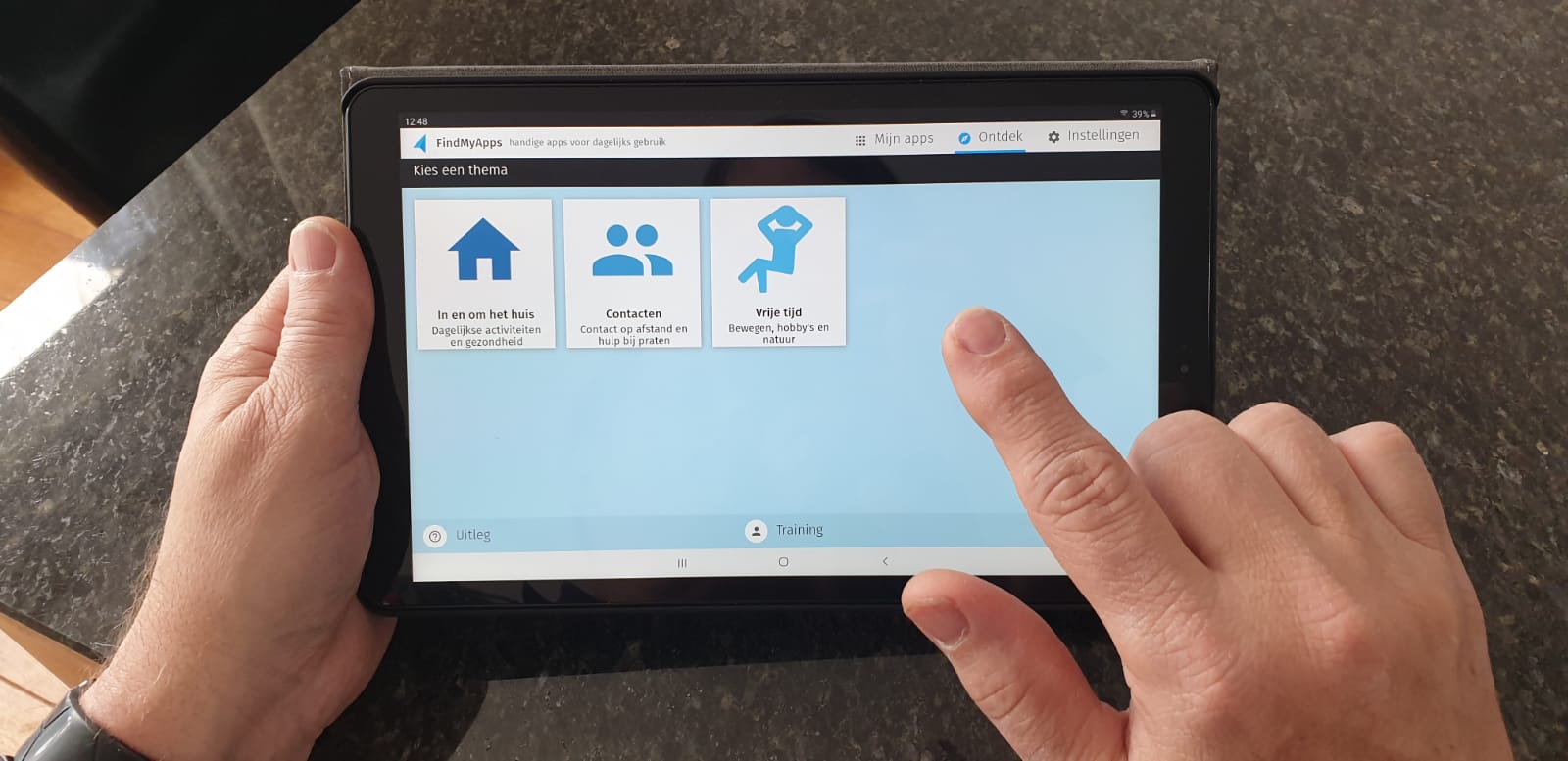Technology for meaningful activities
Guidance
Gather feedback from people with dementia on working prototypes rather than paper prototypes.
Explanation and example
Work with Eumedianet and the systematic review indicated that people with dementia found it difficult to comment on paper prototypes as it did not provide them with enough knowledge on the future digital application.
Read more >
Guidance
When developing new digital applications, ensure you generate an optimal user experience and focus on sophisticated design including clear signposting and, an easy and intuitive navigation.
Explanation and example
People using the iCST app valued the sophisticated, mature design and the clear navigation but noted the need for clearer buttons. The design should have a highly professional look and feel and be clearly orientated to adults not children.
Read more >
Guidance
Pilot studies should be conducted to help inform and reduce technical problems and improve accuracy prior to evaluating the effectiveness of new tablet interventions
Explanation and example
Our feasibility study of FindMyApps, a digital programme helping people with dementia to find useful apps for self-management and meaningful activities, showed that when people experienced technical problems they were sometimes not able to provide useful feedback about FindMyApps. For instance, some participants did not use the intervention anymore after they encountered technical problems. Even though a development and pilot study were conducted technical problems still occurred, such as: apps not being available anymore, explanation videos which did not work, personal settings not being saved, the button to go back being difficult to find, and links that did not work. To ensure that technical problems are resolved timely and do not interact with the evaluation of the tablet intervention, it is important to monitor for technical barriers by regular contact with people using the intervention in evaluation studies.
Read more >
Social Health Domain 2: Manage ones own life and promote independence
Guidance
Researchers and technology developers should be aware of the mutual influence care recipients and caregivers have on each other, and the importance of maintaining and improving caregiving relationships. Therefore they should adopt a dyadic approach to the development, implementation and evaluation of technology-driven interventions by involving both members of the dyad.
Explanation and examples
A mixed-methods feasibility study investigated the impact of a tablet-based activation system on nine community-dwelling caregiving dyads living with dementia, their motivations to use social technology together, and facilitating and impeding factors in the independent use of social technology at home. In light of the SARS-CoV-2 pandemic, it was clear that the extent to which the caregiving dyads were influenced by the extreme social isolation depended on how socially active they were before the pandemic, and their familiarity with social technology. The dyads’ motivations for welcoming technology in their social interactions ranged from trying something new together, keeping up with society to communication support.
Identified facilitators and barriers revealed that user capabilities (care recipients’ cognitive capacities and caregivers’ energy to support their loved ones); user willingness (technology interest) and sufficient support (proactive, continuous and in-person) are three crucial elements in using social technology independently at home.
These contextual factors should be approached from a dyadic perspective taking into account the needs and preferences of both members of the dyad. Technology promoting social participation cannot be developed for people living with dementia without taking into account the needs of their caregivers, and vice versa.
Read more >



